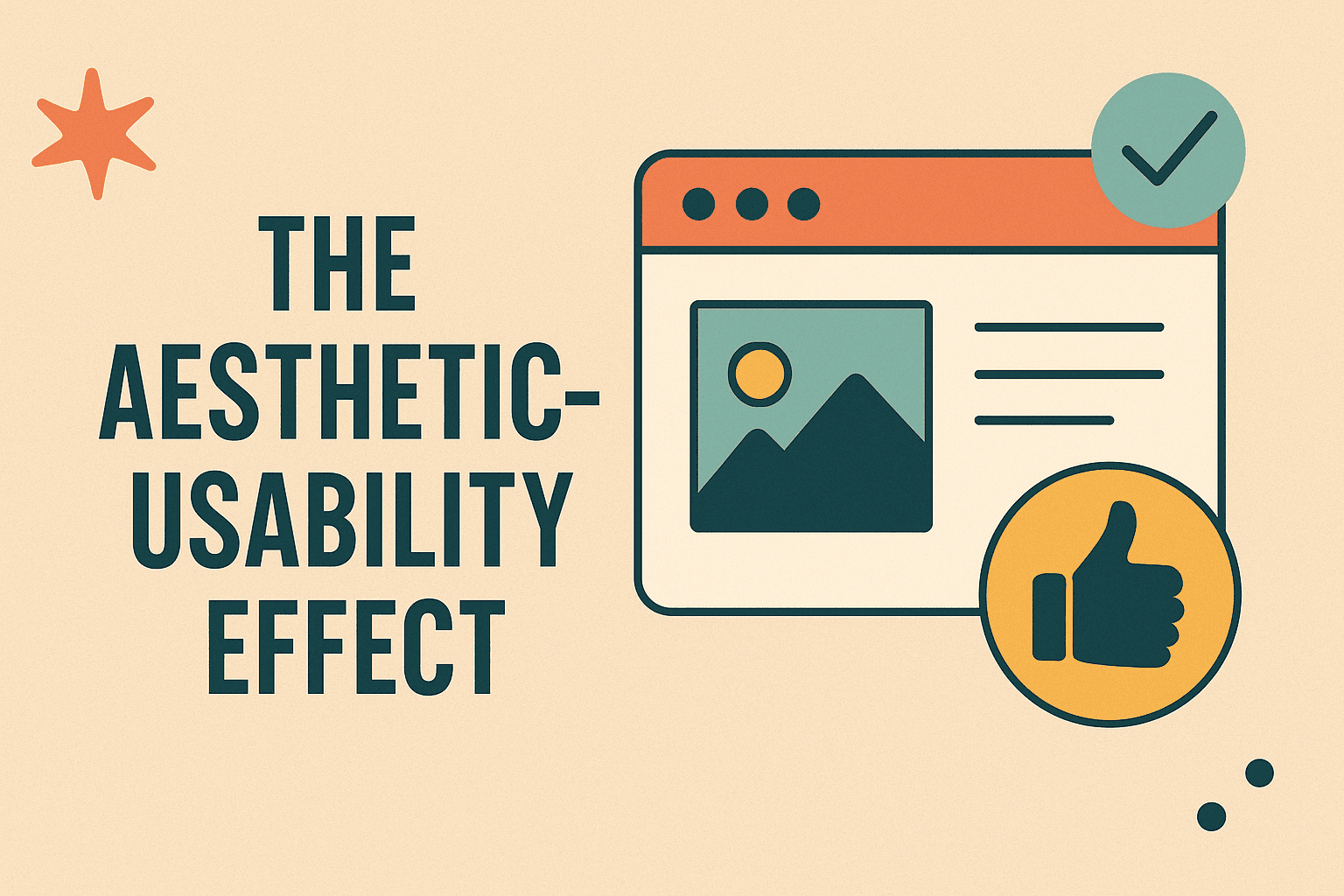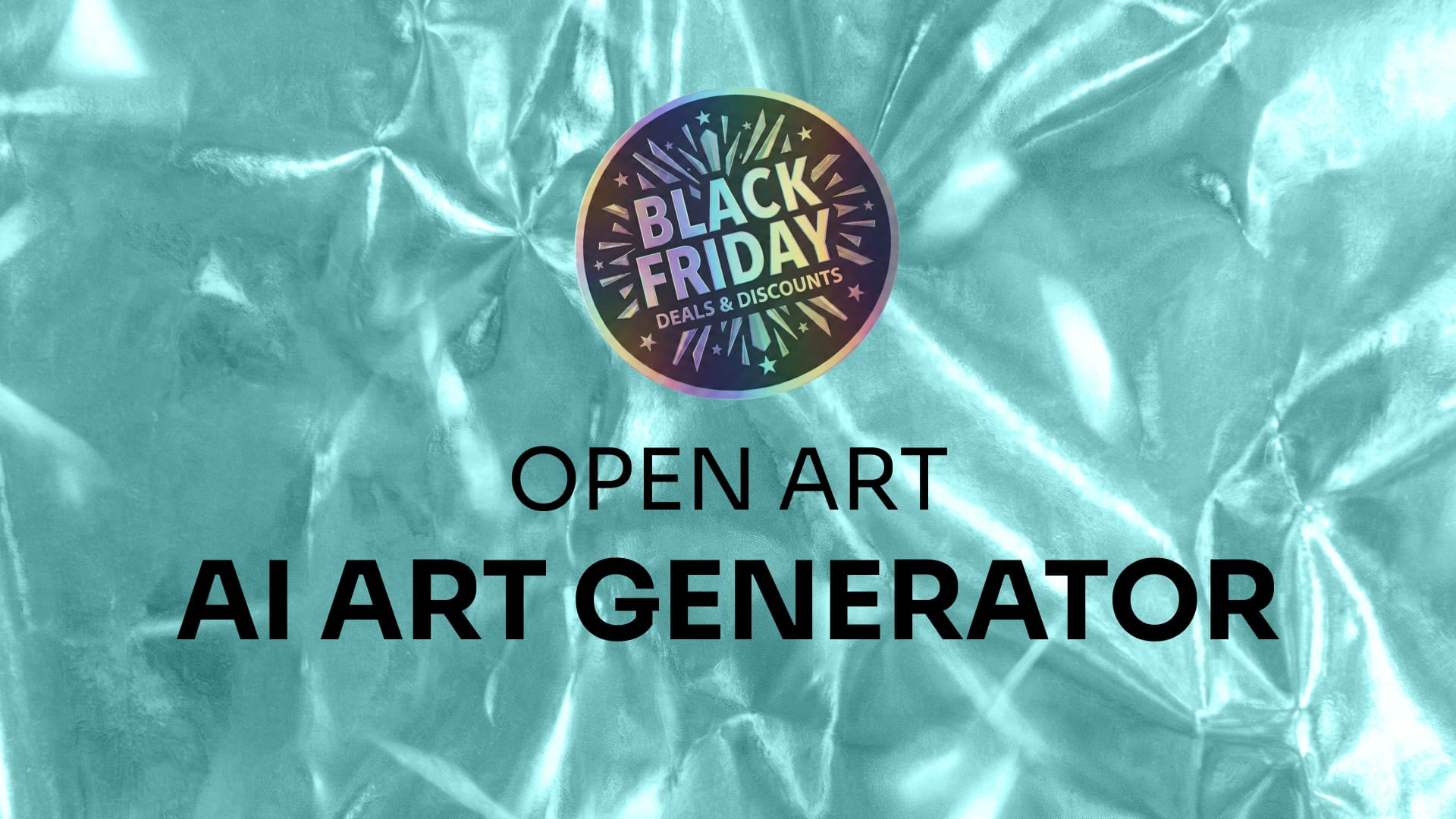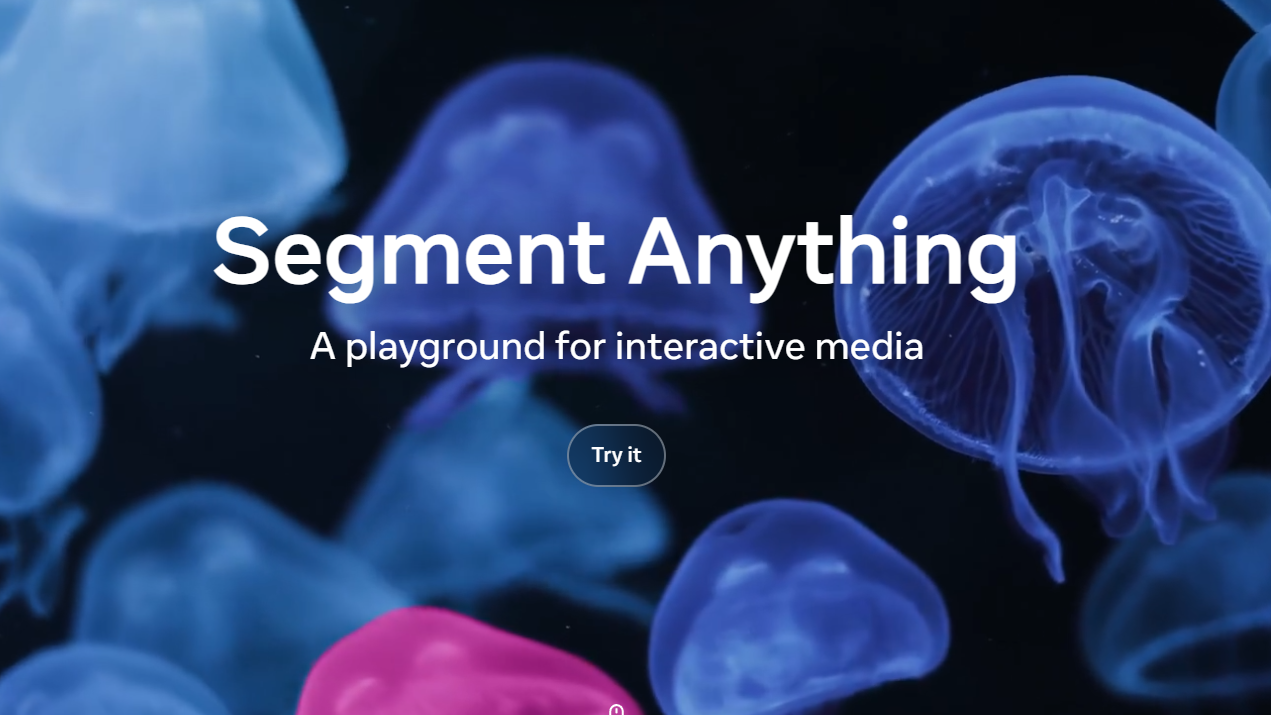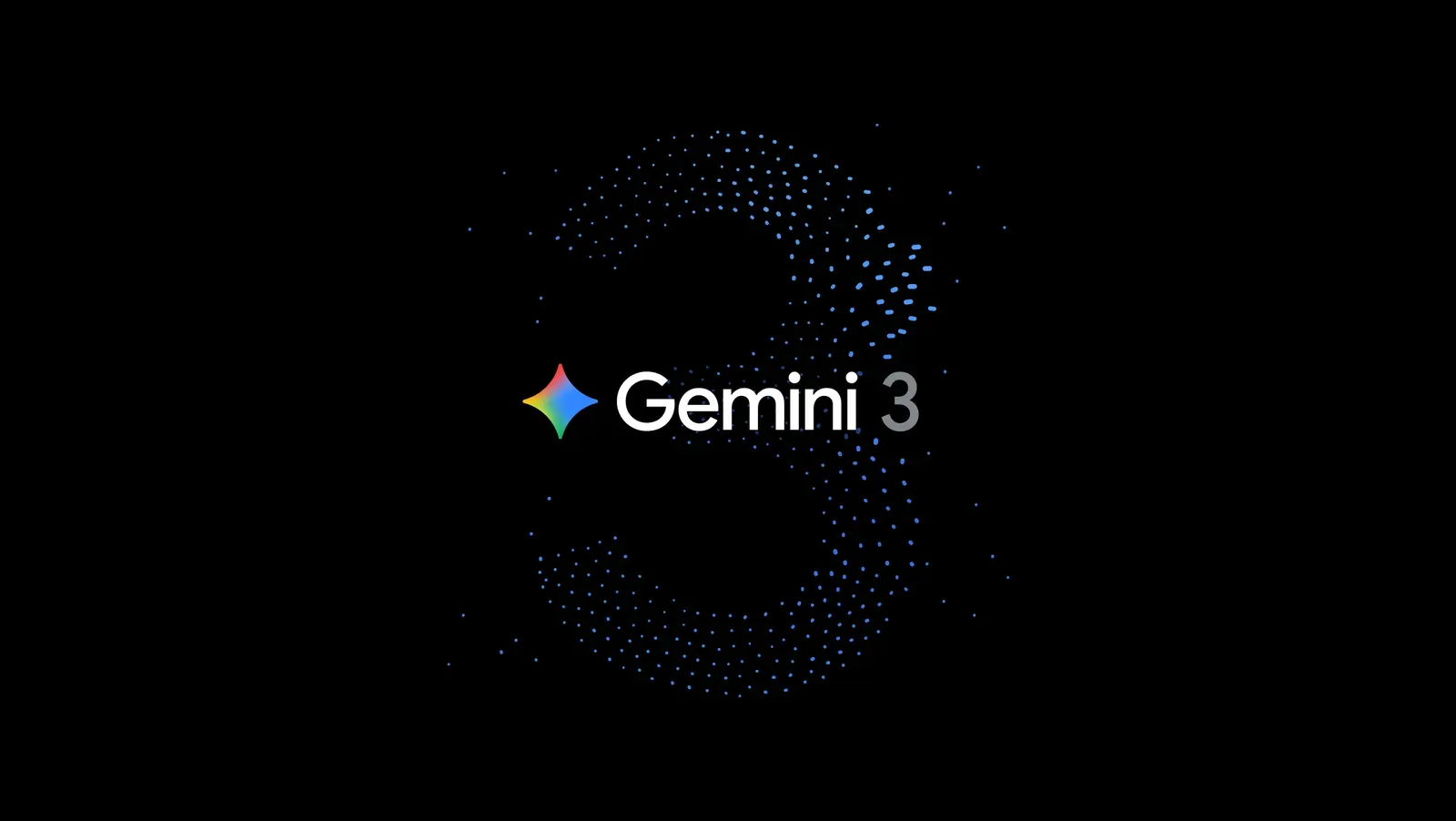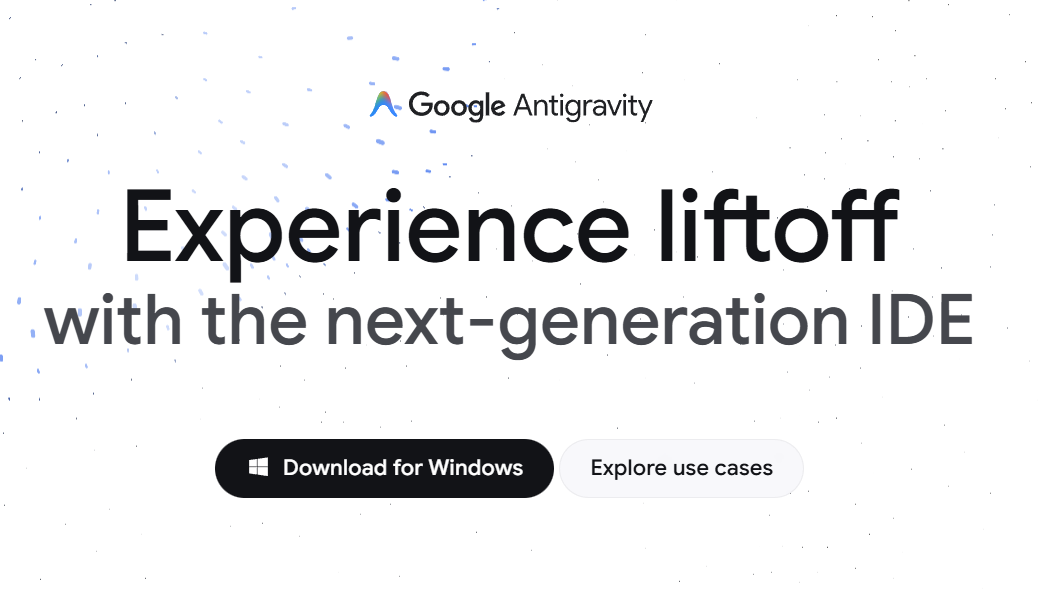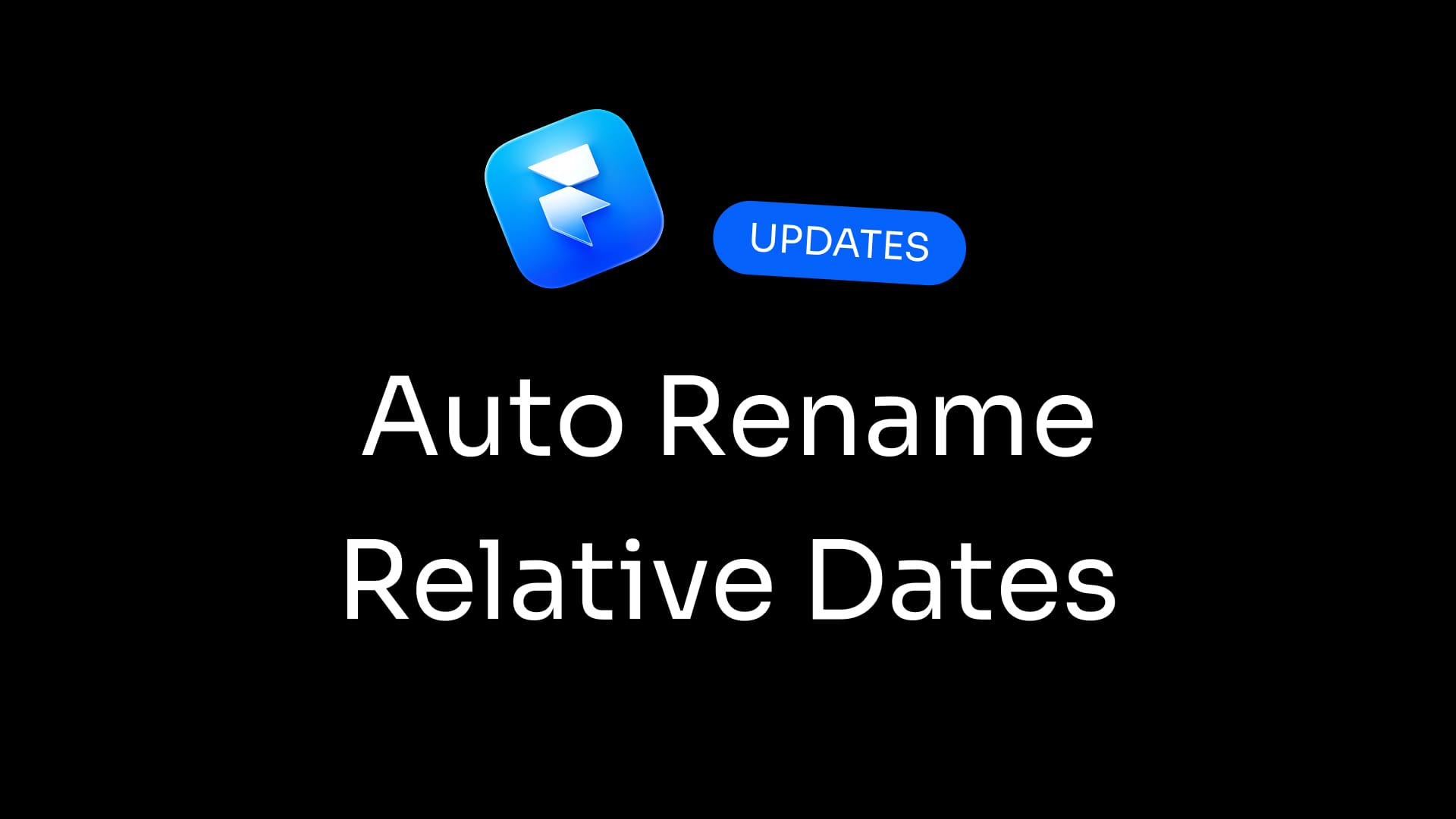What Is the Aesthetic-Usability Effect?
The Aesthetic-Usability Effect is a cognitive bias where users perceive aesthetically pleasing designs as more usable, even if they're not objectively more functional. This phenomenon was first identified in 1995 by researchers Masaaki Kurosu and Kaori Kashimura at the Hitachi Design Center. They discovered that users rated more attractive ATM interfaces as easier to use, regardless of actual usability.
Why Does This Matter?
In the realm of UX design, aesthetics do more than just please the eye—they influence user perceptions and interactions. A well-designed interface can enhance user satisfaction, foster trust, and even mask minor usability issues.
The Bright Side: Benefits of Aesthetic Design
1. Enhanced First Impressions
A visually appealing interface can create a positive first impression, encouraging users to engage further with the product.
2. Increased User Trust
Attractive designs can instill a sense of credibility and professionalism, making users more likely to trust the product or brand.
3. Improved User Satisfaction
Users often associate beauty with functionality, leading to higher satisfaction levels even if minor usability issues exist.
4. Competitive Advantage
Companies like Apple and Tesla have leveraged aesthetic design to differentiate their products, creating loyal customer bases.
The Flip Side: Potential Pitfalls
1. Masking Usability Issues
While aesthetics can enhance perceived usability, they might also conceal actual usability problems, delaying necessary improvements.
2. Overemphasis on Appearance
Focusing too much on aesthetics can lead to neglecting core functionality, resulting in a product that's beautiful but frustrating to use.
3. Cultural Misalignment
Aesthetic preferences vary across cultures. A design that's appealing in one region might not resonate in another, potentially alienating users.
4. Accessibility Concerns
Highly aesthetic designs might compromise accessibility, making it difficult for users with disabilities to interact with the product effectively.
When to Embrace the Aesthetic-Usability Effect
- Early-Stage Products: To attract initial users and generate interest.
- Consumer-Facing Applications: Where visual appeal can influence purchasing decisions.
- Competitive Markets: To differentiate products in saturated markets.
When to Prioritize Function Over Form
- Critical Systems: In healthcare or aviation, where functionality directly impacts safety.
- Utility Applications: Tools where efficiency and effectiveness are paramount.
- Diverse User Bases: When catering to users with varying abilities and preferences, ensuring accessibility and usability is crucial.
Real-World Examples
Apple
Apple's products are renowned for their sleek design and intuitive interfaces. The company's emphasis on aesthetics has contributed to its strong brand identity and customer loyalty.
Airbnb
Airbnb's platform combines high-quality visuals with user-friendly navigation, enhancing user trust and engagement.
Further Reading
- NN/g: The Aesthetic-Usability Effect
- UXPin: What is Aesthetic-Usability Effect?
- Laws of UX: Aesthetic-Usability Effect
- Wikipedia: Aesthetic–Usability Effect
Final Thoughts
The Aesthetic-Usability Effect underscores the importance of integrating visual appeal with functional design. While aesthetics can enhance user perceptions and satisfaction, they should complement—not replace—core usability principles. As designers, striking the right balance ensures products are not only beautiful but also effective and inclusive.
Remember, a design that's all style and no substance might win the first glance, but it's the seamless user experience that keeps users coming back.



